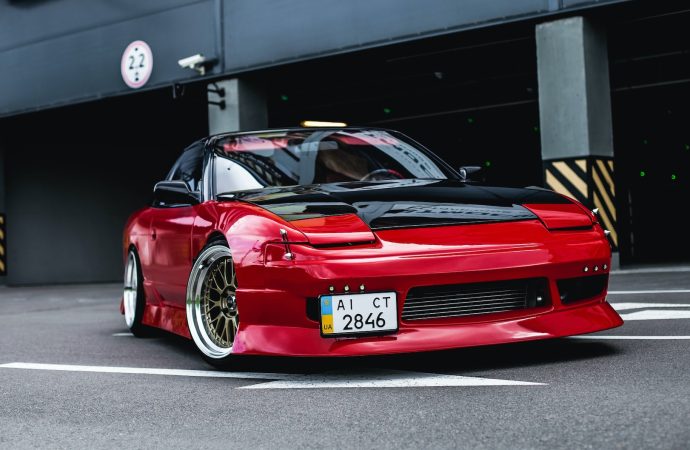As the world looks towards a future of autonomous vehicles, San Francisco has taken a bold step towards making that a reality. The city has emerged as a hub for driverless car technology, with major players in the industry testing their vehicles on the city’s streets. The idea of self-driving cars may still seem like
As the world looks towards a future of autonomous vehicles, San Francisco has taken a bold step towards making that a reality. The city has emerged as a hub for driverless car technology, with major players in the industry testing their vehicles on the city’s streets.
The idea of self-driving cars may still seem like science fiction to some, but the reality is that it’s happening right now in San Francisco. Companies like Waymo, Uber, and Cruise have all set up shop in the city, using it as a testing ground for their autonomous vehicles.
San Francisco is an ideal location for these companies to test their driverless cars because of its complex and varied street network. The city’s hills, narrow streets, and heavy traffic provide a unique challenge for the technology, forcing it to adapt to different situations.
One of the most notable players in the San Francisco driverless car scene is Waymo, a subsidiary of Alphabet Inc., the parent company of Google. Waymo has been testing its autonomous vehicles in the city since 2009 and has already logged millions of miles on its self-driving cars.
Another major player in the San Francisco driverless car scene is Cruise, a subsidiary of General Motors. The company has been testing its vehicles in the city since 2014 and recently launched a pilot program for its driverless taxi service, Cruise Anywhere.
Uber, the ride-sharing giant, has also been testing its autonomous vehicles in San Francisco since 2016. However, the company’s testing was briefly halted by the California Department of Motor Vehicles due to a dispute over whether Uber had properly registered its autonomous vehicles with the state.
While San Francisco has been at the forefront of the driverless car revolution, there are still many challenges to be overcome before the technology can become mainstream. One of the biggest hurdles is safety, as accidents involving autonomous vehicles have raised concerns about the technology’s reliability.
Another issue is the potential impact on jobs. As driverless cars become more prevalent, there are concerns that they could lead to widespread job losses in the transportation industry. The taxi and trucking industries, in particular, are at risk of being disrupted by the technology.
Despite these challenges, many believe that driverless cars have the potential to revolutionize the way we live and work. In addition to reducing the number of accidents on the road, autonomous vehicles could make transportation more efficient, reduce traffic congestion, and even make car ownership obsolete.
San Francisco’s driverless car scene offers a glimpse into what the future of transportation may look like. While the technology is still in its infancy, the city’s streets are serving as a testing ground for some of the most advanced driverless car technology in the world. As the industry continues to grow and evolve, it will be interesting to see how San Francisco and other cities adapt to this new era of transportation.

















Leave a Comment
Your email address will not be published. Required fields are marked with *